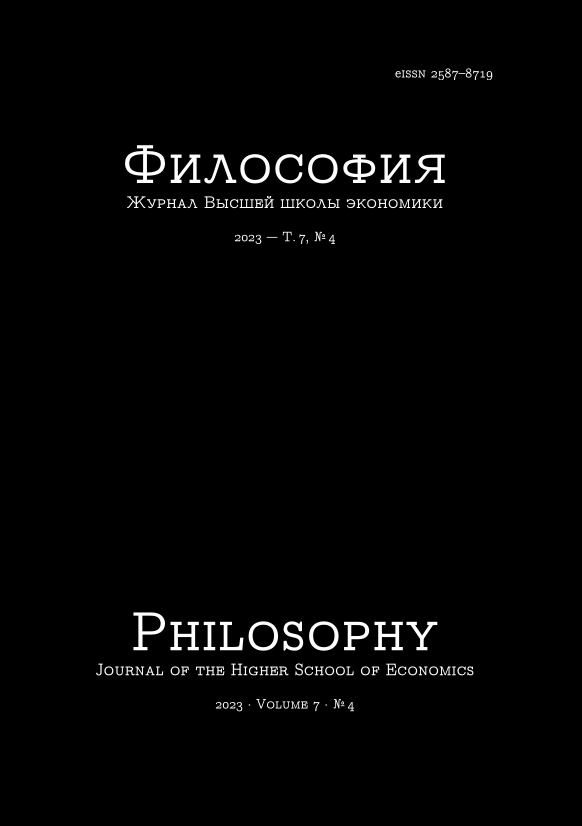The Law of Reason and Beyond
Damaris Cudworth Masham as a Natural Law Scholar
Abstract
Lady Damaris Cudworth Masham, an English philosopher and theologian, holds a distinctive place in the intellectual discourse of late seventeenth century England. As the daughter of Ralph Cudworth, a prominent Cambridge Platonist, and a close friend and student of John Locke, Damaris Masham participated in a number of discussions at once, related in one way or another to the basic tenets of Christian theology and moral philosophy. The first of these is a dispute with the English Malebranchians, primarily John Norris and his intellectual companion Mary Astell, regarding the concept of the love of God. The second important debate concerned the defence of John Locke's rational Christianity against attacks from deists and enthusiasts. In addition to the defence of moderate conformist theology against radical non-conformism, Masham's writings also offer a special vision of Christian moral life, in which there is room for pleasures, the precepts of natural law and the commandments of Christian Revelation. Natural law occupies an important, but underexplored place in Masham's moral philosophy and theology. This paper is intended to fill said gap and is devoted to the reconstruction of Masham's approach to natural law and its connection with other crucial concepts of her moral theology: pleasures, sociability, reason, Revelation. In order to accomplish this goal, we interpret Masham's writings in light of relevant contexts and consider them as polemical arguments in which natural law plays an important, but limited role.
Downloads
Copyright (c) 2023 Philosophy Journal of the Higher School of Economics

This work is licensed under a Creative Commons Attribution-NonCommercial 4.0 International License.






